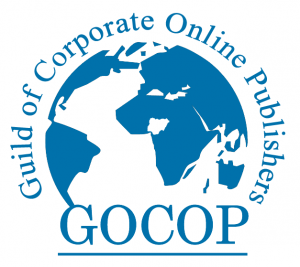The World Health Organisation (WHO) says about 1.3 billion people, are at risk of developing tuberculosis (TB) during their lifetime while a quarter of the world’s population is infected with TB
According to the world body, countries are not doing enough to end tuberculosis (TB) by 2030 in spite of global efforts that averted about 54 million TB deaths since 2000.
In the latest Global Tuberculosis Report, WHO said TB was “the world’s deadliest infectious disease,” disclosing though, “that fewer people fell ill and died from tuberculosis in 2017.”
Globally, an estimated 10 million people developed TB in 2017 while the number of new cases is falling by two per cent per year.
The report which provided an overview of status of the epidemic and the challenges and opportunities countries face in responding to it, revealed that TB deaths have decreased over the past year, and in 2017, there were 1.6 million deaths – including among 300,000 HIV-positive people.
Of the 10 million people who fell ill with TB in 2017, only 6.4 million were officially recorded by national reporting systems, leaving 3.6 million people undiagnosed, or detected but not reported.
According to WHO, 10 countries accounted for 80 per cent of this gap, with India, Indonesia and Nigeria topping the list.
Treatment coverage lags behind at 64 per cent and must increase to at least 90 per cent by 2025 to meet the TB targets, WHO said.
To urgently improve detection, diagnosis and treatment rates, WHO, the Stop TB Partnership and the Global Fund launched the new initiative in 2018, Find. Treat. All. #EndTB.
The initiative set the target of providing quality care to 40 million people with TB from 2018 to 2022.
The WHO’s Report called for an unprecedented mobilisation of national and international commitments.
It urged political leaders gathering next week for the first-ever ‘United Nations High-level Meeting on TB’ to “take decisive action, building on recent moves by the leaders of India, the Russian Federation, Rwanda, and South Africa.”
“We have never seen such high-level political attention and understanding of what the world needs to do to end TB and drug-resistant TB.
READ ALSO: Foreign Titbits: Christine Blasey Ford: Kavanaugh accuser ‘faces death threats’
“We must capitalise on this new momentum and act together to end this terrible disease,” Dr Tedros Ghebreyesus, WHO Director-General said.
While under-reporting and under-diagnosis are mentioned as major challenges in the fight against TB, the most urgent stumbling block is funding.
In 2018, investments in TB prevention and care in low- and middle-income countries fell $3.5 billion short, and without an increase, the funding gap would rise to over $6 billion by 2022.
Director of the WHO’s Global TB Programme, Dr Teresa Kasaeva, said: “It is unacceptable that millions lose their lives, and many more suffer daily from this preventable and curable disease.
“We need to join forces to root out this disease that has a devastating social and economic impact on those who are ‘left behind’, whose human rights and dignity are limited, and those who struggle to access care. The time for action is now,” she said.
TB, a deadly disease, which usually infects the lungs and is transmitted through the air, remains one of the top 10 causes of worldwide deaths, and is the leading cause of death from a single infectious agent, above HIV/AIDS.











